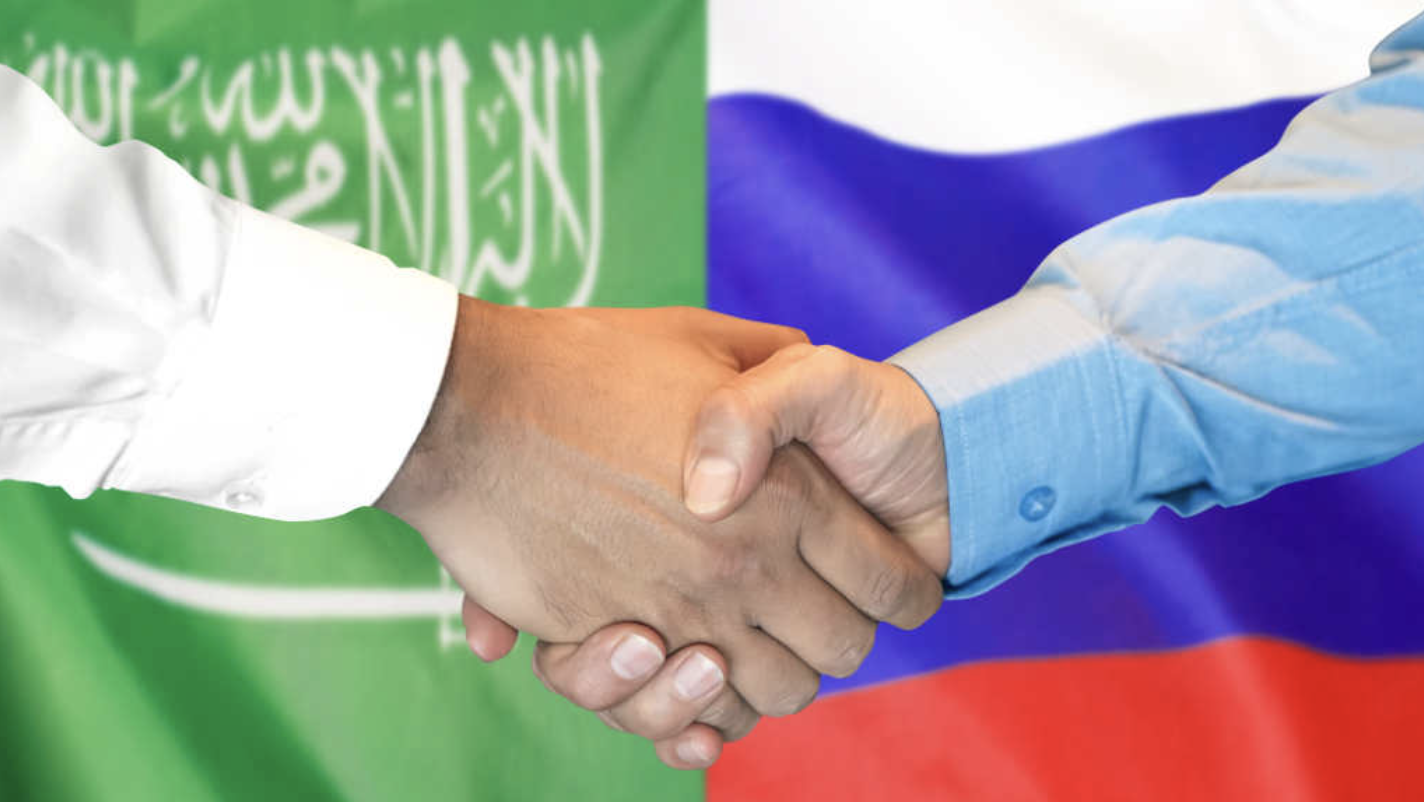In today’s rapidly evolving business landscape, digitalization has emerged as a pivotal force driving transformation and growth across various sectors. Among those harnessing the power of this digital revolution, women entrepreneurs in the Middle East and Africa are showcasing a remarkable inclination towards digital solutions, setting the stage for a cashless economy that reaps substantial benefits for their businesses. A recent study by Mastercard has shed light on this profound shift, revealing how female-led small and medium enterprises (SMEs) in the region are seizing the opportunities presented by digitalization.The Digital Surge: Women-Owned Businesses Leading the WayAccording to the Mastercard Middle East and Africa (MEA) SME Confidence Index, female entrepreneurs are taking the lead in embracing digital technologies for their businesses. An impressive 81% of women-owned SMEs in the Middle East and Africa have established a digital presence, surpassing their male counterparts, of whom 68% have ventured into the digital realm.
This surge in digitalization reflects the significant advantages that a cash-free economy can offer to businesses, especially those led by women.The study further highlighted that women entrepreneurs in the region have invested more in having a website (71%) than maintaining a social media presence (55%). This strategic focus on digital channels underscores their commitment to engaging with customers and expanding their market reach. What’s more, female business owners in this demographic displayed a remarkable 30% confidence level in digital transactions, demonstrating their preference for digital payments over traditional cash-based transactions.Overcoming Challenges in Cashless PaymentsAs digitalization gains momentum, women-owned SMEs are surmounting challenges associated with various cashless payment methods. Among those surveyed, 62% of female entrepreneurs reported no significant obstacles in accepting mobile payments, while 57% expressed ease with online payments, and 45% with card payments. This growing confidence in digital payment systems exemplifies the perceived advantages of digital business operations for SMEs, including enhanced efficiency, accessibility, and convenience.
A Global Perspective on Female EntrepreneurshipOn a global scale, nearly half of female entrepreneurs are driven by a desire to contribute to the greater societal good. This profound motivation underscores the transformative potential of women-owned businesses. However, despite their strong commitment and potential, women-owned enterprises face a persistent challenge—the gender finance gap.The Gender Finance Gap: Unlocking Untapped PotentialGlobally, micro, small, and medium enterprises (MSMEs) confront a staggering $5 trillion in unmet financing needs. A substantial portion of this financial gap, approximately $1.5 trillion or 32%, is represented by female entrepreneurs, as reported by the International Finance Corporation (IFC), the World Bank’s lending arm.In the Middle East and North Africa (MENA) region, the gender finance gap is particularly pronounced. MENA exhibits the largest disparity between men and women regarding access to financial accounts, with a 19% gender finance gap. Moreover, the region reports the second-lowest rate of financial inclusion for both men and women, standing at 57% and 38%, respectively.
These figures starkly contrast with the minimal 1% gender finance gap observed in North America, which boasts the highest percentage of financial inclusion for both genders, at 94% and 93%, respectively.Initiatives Driving ChangeRecognizing the imperative to bridge the gender finance gap and empower women entrepreneurs, initiatives such as the Women Entrepreneurs Finance Initiative (We-Fi) have been established. We-Fi was formed during the 2017 G20 Leaders’ Summit in Germany with the goal of addressing the capital access, technology resources, knowledge, and networking needs of women-led businesses.As of July 15, 2021, pledges for We-Fi’s women-focused projects from its 14 donors have reached an impressive total of $347.9 million. Germany leads the way among government donors, pledging $56.5 million, followed by the United States, Japan, Saudi Arabia, and the United Arab Emirates, each contributing $50 million. These commitments demonstrate a collective dedication to supporting women entrepreneurs and fostering their economic growth.Innovative Leadership in the RegionWhile the gender finance gap remains a challenge, women entrepreneurs in the Middle East and Africa are forging ahead with innovative leadership.
In Mastercard’s 2020 Index of Women Entrepreneurs (MIWE), countries such as Uganda, Botswana, and Ghana emerged as global leaders in terms of the percentage of women business owners relative to total business owners. Moreover, female entrepreneurs in Nigeria and Angola garnered recognition for their risk-taking, innovation, individuality, and creativity in entrepreneurship.Saudi Arabia, in particular, has witnessed a notable rise in female entrepreneurship, with the percentage of women entrepreneurs increasing from 14.7% in 2019 to 17.7% in 2020, as reported by the Global Entrepreneurship Monitor.












